Over the past several years, the golf industry has steadily warmed to 3D printing. In this article, we’ll take a walk down memory lane and catalog the major 3D printing developments in golf and look towards the future. I believe that 3D printing is the future of sticks and clubs, so I’m bullish about the prospects of 3D printing in golf. So are some of the largest companies in the game, but how far is the golf industry in the adoption of 3D printing?

In 2015, Cobra 3D printed new designs in order to evaluate their performance. It helped them to make and validate new clubs and designs. For St. Andrews Golf Co. and the University of Dundee, 3D scanning enabled the company to create new clubs based on old designs.
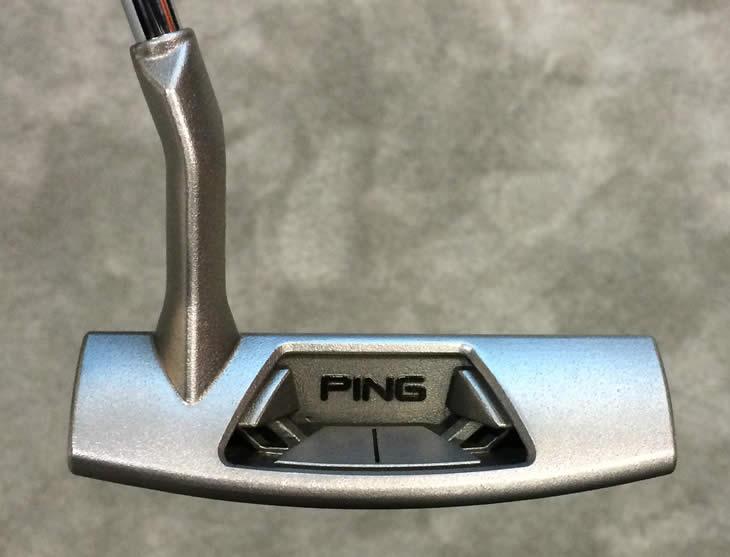
In 2015, Ping actually produced a 3D printed putter that was designed to be more accurate than conventional ones. Traditional manufacturing of clubs includes casting and then welding pieces together, which results in the creation of a vulnerable weld line. With 3D printing, however, that weak point can be completely eliminated.
Furthermore, the company had a visionary plan to provide players with custom-fit putters, developed by working with a designer to determine a player’s needs and preferences. This customization service would ultimately be available through the internet, but, when the announcement came in 2015, it was only possible in-person. Custom 3D-printed putters would be sold for £5,000 to £6,000 (about $7,700 to $9,200).
Since then, however, crickets from Ping.
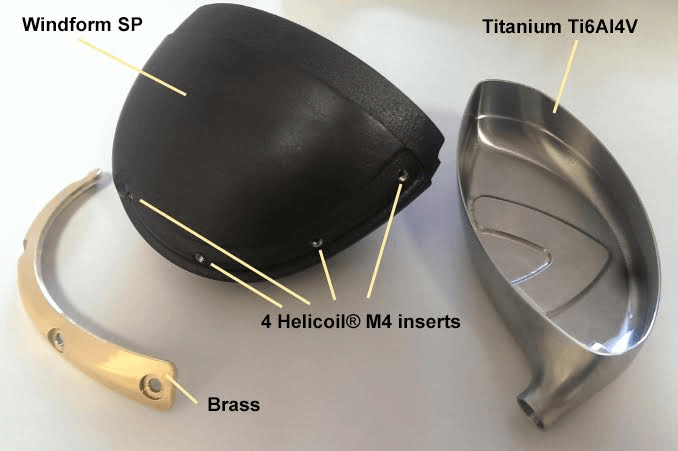
A CRP case study on the Krone golf club.

In 2016, Krone and CRP Group made a driver that used 3D printed, glass fiber-reinforced polymer parts combined with powder bed fusion titanium components on the face of the club. This could enable customization, while reducing the costs of the overall club.
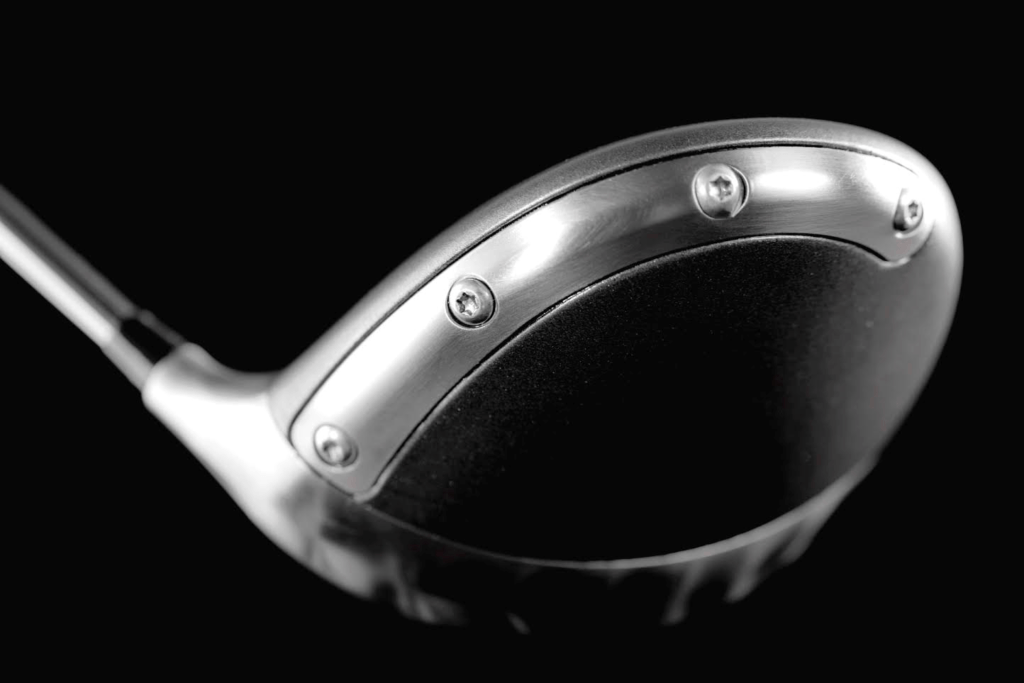
Another project by Krone and CRP saw the creation of a 3D printed smart golf club that could relay swing information to your tablet in order to help improve your game.
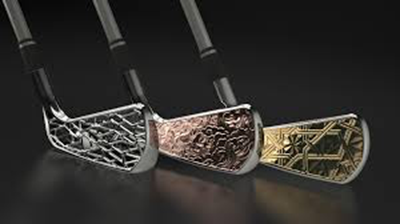
In 2018, Grismont Paris tried a high-end approach, leading to ultra-expensive, custom-made clubs that used 3D printing in part. At around the same time, Nike announced a breakthrough golf ball development, where it would use Dupont Surlyn and 3D printing to produce golf ball cores. Indeed Nike now has a patent on a 3D printed golf ball core. The product was never launched, however.
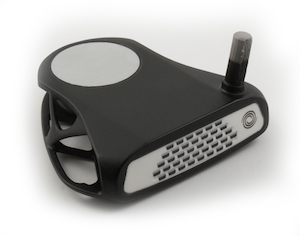
Titomic and Callaway collaborated in 2018 to make golf products using Titomic Kinetic Fusion. The company also worked with GE Additive’s consulting arm on putters. In part, the partners were able to change the acoustics of a club for the Japanese market by 3D printing a prototype.

Taylor Made disclosed later that it was extensively relying on Formlabs to test and design clubs.

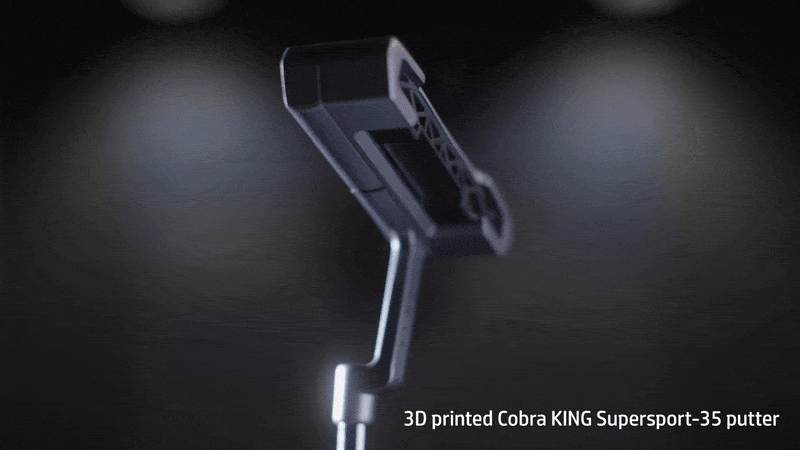
In 2020, Cobra Golf partnered with HP to binder jet metal golf clubs, including putters and more. This should mean that the resulting clubs have a much lower cost than if they were made with powder bed fusion. This was a limited line of products. However, by 2021, they were also using Multi Jet Fusion, swapping metal for plastic, further reducing prices and introducing a product that was widely available to consumers.
All in all, if we get an overview we can conclude that the entire golf industry must have considered and looked at 3D printing. So many of the major players use it in prototyping that it must be a common technology in testing and design there. But, while there have been a lot of “3D printed golf club” announcements, there have been far fewer actual 3D printed golf clubs. There seems to be considerable hesitation by golf club companies of taking products into the actual market.
If we compare it to the bike industry, then the golf industry is actually behind cycling in releasing actual goods on the market. In cycling, there are far more 3D printed bike components available and actually riding on bikes. Even though safety and liability could be much more of an issue for that industry. Also whereas in cycling it is the small companies using 3D printing to innovate, in golf all of the large companies are touting their 3D printing props.
So in cycling, it is the minnows that are quickly deploying actual goods, whereas, in golf, it is the majors conducting pilot projects. We can also see a lot of lag between the interest of the company, to the launch of the first products. Callaway has apparently been collaborating and working on products since 2018 at least, while Cobra is now working on 3D printing clubs just as it was in 2015.
The business justification must make it a bit complicated to use 3D printing for actual drivers. It’s remarkable that, in 2015, PING formulated a very visionary strategy for adopting and implementing 3D printing for customization and performance improvement. Meanwhile, the industry seems to not have implemented PING’s strategy.
The measurable performance increases that may be created in 3D printing are less quantifiable in golf. Part count or weight savings may be interesting, but they are less of a motivator than in the satellite industry or space propulsion. The sticker shock on component cost must also be particularly worrying in these manufacturers’ cases. Perhaps in this case the benefits and potential of 3D printing is understood but the requisite investment and complexity may not make sense because it could lead to unwanted capex or less in the way of margins?
I think that these manufacturers are dealing with the wrong end of the stick. A simple 3D scanning or mass-customized design of more comfortable custom golf club grips would be a far easier business case to make, You can introduce a new service that would work with an app or in-store scanning service. The polymer parts are lower cost and, at the same time, you can comfortably outsource the production. It would not cannibalize existing profits because you’d sell it as an add-on product or a separate item. Would you like to throw custom grips onto your order? This would make 3D printing a profit engine alongside your existing offering, not something to replace it.
I think that grips that are custom, more comfortable, make a statement, dampen vibration and hit better would be a surefire product win for golf companies. They would also be easy to make if they used HP’s new PP material or sintered TPU. To me, there is a hesitancy in the golf industry that is getting in the way of adoption. Perhaps this would be the solution to that?
Subscribe to Our Email Newsletter
Stay up-to-date on all the latest news from the 3D printing industry and receive information and offers from third party vendors.
You May Also Like
3D Printing News Briefs, April 13, 2024: Robotics, Orthotics, & Hypersonics
In 3D Printing News Briefs today, we’re focusing first on robotics, as Carnegie Mellon University’s new Robotics Innovation Center will house several community outreach programs, and Ugogo3D is now working...
Rail Giant Alstom Saves $15M with 3D Printing Automation Software 3D Spark
3D Spark has entered into a three-year deal with the rail giant Alstom. Alstom, a transport behemoth with annual revenues of $16 billion, specializes in the manufacture of trains, trams,...
Meltio Expands Global Reach with New Partnerships in the Americas and Europe
Spanish 3D printing manufacturer Meltio has expanded its sales network across the globe. With the addition of three new partners in the United States, Brazil, Argentina, and Italy, Meltio aims...
3D Printing Webinar and Event Roundup: April 7, 2024
Webinars and events in the 3D printing industry are picking back up this week! Sea-Air-Space is coming to Maryland, and SAE International is sponsoring a 3D Systems webinar about 3D...































